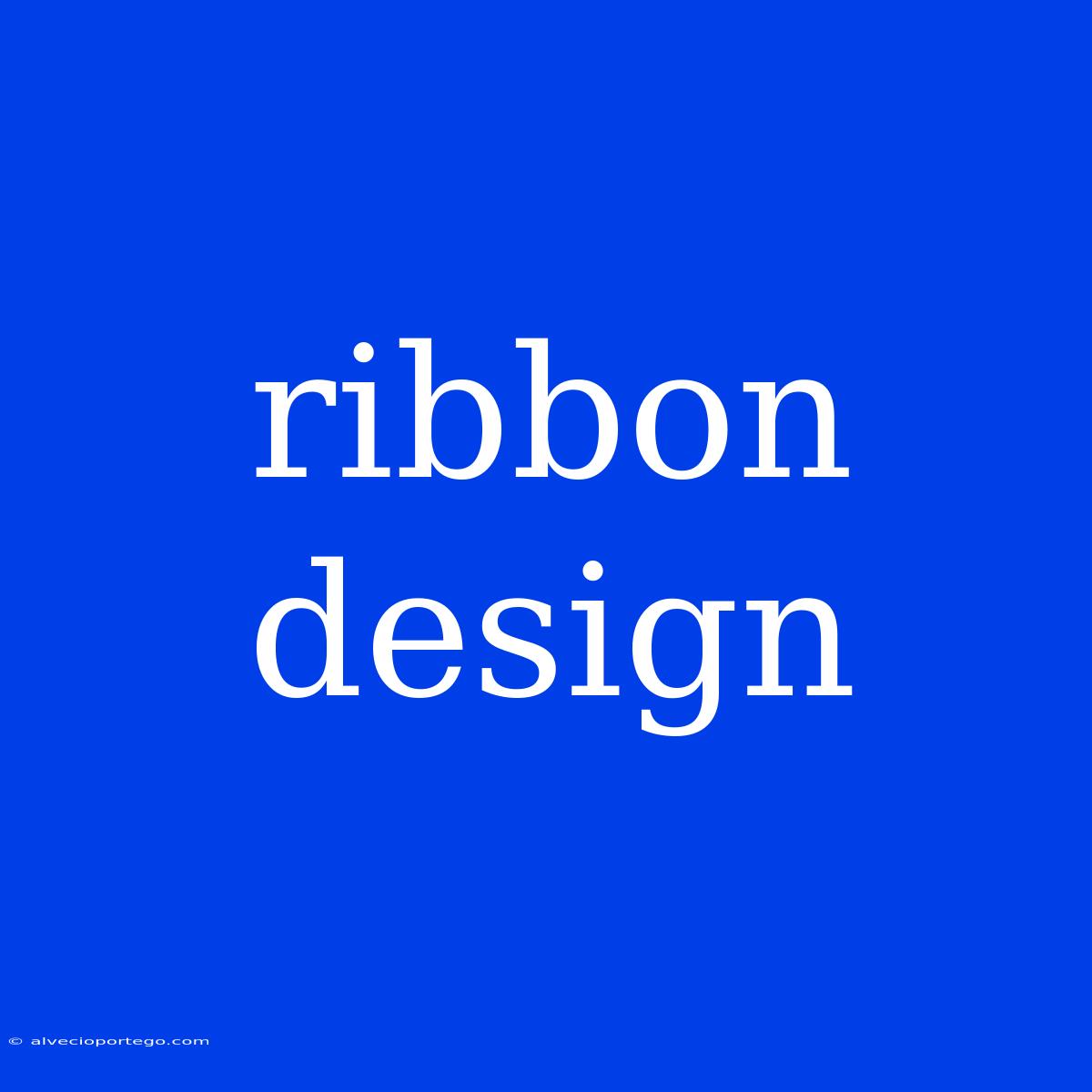The Art of Ribbon Design: From Classic to Contemporary
Ribbons, with their versatility and elegance, have been a staple in decorative arts for centuries. From humble beginnings as simple fabric strips, they have evolved into intricate masterpieces of design, adorning everything from gifts and garments to grand events and architectural structures. Let's delve into the fascinating world of ribbon design, exploring its history, elements, and modern trends.
A Glimpse into History:
Ancient Roots: Evidence suggests that the use of ribbons dates back to ancient civilizations, where they were primarily used for utilitarian purposes, such as binding, tying, and securing objects. Ancient Egyptians, for example, utilized ribbons in their elaborate headdresses and adornments.
Medieval Flourishing: During the Middle Ages, ribbons found their way into fashion and decoration, becoming an integral part of both everyday and ceremonial attire. The rise of silk production in Europe contributed to a surge in the popularity of decorative ribbons, often adorned with intricate embroidery and woven patterns.
Victorian Elegance: The Victorian era ushered in a golden age for ribbons. They became ubiquitous, embellishing everything from ladies' hair and gowns to home interiors. The era witnessed a proliferation of ribbon-making techniques, resulting in a wide variety of textures, colors, and patterns.
The Elements of Ribbon Design:
Material: The material of a ribbon is fundamental to its design and aesthetics. Common ribbon materials include:
- Silk: Luxurious, soft, and with a lustrous sheen.
- Satin: Smooth, shiny, and often used for formal occasions.
- Velvet: Rich, plush, and known for its deep color.
- Organza: Sheer, lightweight, and often used for delicate embellishments.
- Grosgrain: Stiff, textured, and available in a wide range of colors.
Color: The color of a ribbon is one of the most impactful design elements. It evokes emotions, sets the tone, and complements the overall theme.
Pattern: Patterns can be intricate or simple, adding visual interest and depth to the design. Common ribbon patterns include:
- Stripes: Classic and versatile, offering a clean and graphic look.
- Checks: A playful pattern that adds a touch of whimsy.
- Floral: Romantic and elegant, evoking a sense of nature.
- Geometric: Modern and minimalist, creating a contemporary feel.
Embellishments: Ribbons can be further enhanced by various embellishments, such as:
- Beads: Adding sparkle and glamour.
- Lace: Introducing delicate and intricate details.
- Sequins: Offering a shimmering and festive touch.
- Embroidery: Creating custom designs and personalized touches.
Modern Ribbon Design:
Contemporary Trends: Modern ribbon design embraces a variety of styles, ranging from minimalist and graphic to bold and playful.
- Geometric patterns and bold colors are popular choices, adding a contemporary edge to traditional ribbon designs.
- Sustainable materials like recycled fabrics and organic cotton are gaining traction, reflecting a growing concern for environmental responsibility.
- DIY projects and custom ribbons are increasingly popular, allowing individuals to express their creativity and personalize their designs.
The Versatility of Ribbons:
Ribbons are incredibly versatile, finding application in a wide range of areas:
- Gift wrapping: Adding a touch of elegance and personalization.
- Hair accessories: From simple bows to elaborate headbands.
- Fashion: Embellishing garments, adding a touch of sophistication.
- Home decor: Creating stylish accents for curtains, pillows, and furniture.
- Event decorations: Enhancing the ambiance of weddings, parties, and celebrations.
Conclusion:
The art of ribbon design is a testament to the enduring power of simplicity and elegance. From their historical roots to their modern interpretations, ribbons continue to capture the imagination and inspire creativity. Whether you're a seasoned designer or simply a lover of beautiful things, the world of ribbons offers a boundless canvas for exploration and expression.

